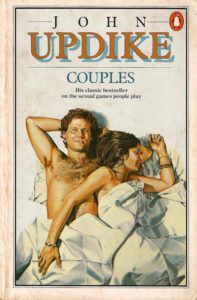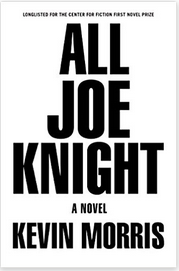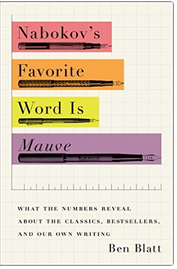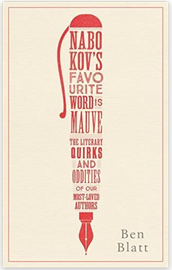Jago Morrison’s paper, “Jihadi fiction: radicalisation narratives in the contemporary novel” is available online, published 6 March 2017 by the Taylor & Francis Group. Here’s the abstract (link to full text also available):
“As Ulrich Beck suggests in World at Risk, fear of Islamist extremism has become a dominant strand in contemporary perceptions of risk. In the media, a set of ‘stock’ radicalisation narratives have emerged in which, typically, a misguided loner is brainwashed into embracing a violent perversion of Islam. In the background, the wider Muslim community is accused of a dangerous complicity and complacency. This essay explores some notable attempts in fiction to unpick such popular radicalisation narratives. In novels by John Updike and Sunjeev Sahota, the psychological and faith dimensions of suicide bombing are a key focus, attempting to explore from the inside, how an educated young Muslim might be impelled along the path to martyrdom. In texts by Mohsin Hamid and J.M. Coetzee, the ideological staging of ‘radicalisation’ and ‘fundamentalism’ themselves is brought into question. Current counterterrorist measures include indefinite detention of US citizens without trial, while in the UK, over two million public sector workers have been recruited to the largest surveillance exercise ever codified in British law. In this context, the essay shows how recent fiction has attempted to trouble the frames of representation through which a perpetual state-of-emergency is passed off as our ‘new normal.'”
 “In John Updike’s Terrorist,” Morrison writes, “both radicalisation and its contexts are portrayed rather differently. Again, the focus of the novel is to explore the risk of a devastating suicide attack, but to do so through an individual, human story. This, however, is very much an American tale, in which the impulse towards extremism is seen as rising, at least in part, out of the bleakness and inanity of contemporary suburban life. Like Sahota, Updike begins by drawing a protagonist who is damaged and ripe for influence. No visit to Afghanistan is required for Ahmad: between the machinations of a local imam and those of a CIA agent, the manipulations all happen close to home, in an ordinary city modelled on Paterson, New Jersey. In Updike’s portrayal, Ahmad is an impressionable and (somewhat cartoonishly) zealous American teenager, product of a broken home and in search of self-esteem. Raised non-religious after his Egyptian father abandoned him as a young child, he is described by his mother as ‘trusting’ and ‘easily led.’”
“In John Updike’s Terrorist,” Morrison writes, “both radicalisation and its contexts are portrayed rather differently. Again, the focus of the novel is to explore the risk of a devastating suicide attack, but to do so through an individual, human story. This, however, is very much an American tale, in which the impulse towards extremism is seen as rising, at least in part, out of the bleakness and inanity of contemporary suburban life. Like Sahota, Updike begins by drawing a protagonist who is damaged and ripe for influence. No visit to Afghanistan is required for Ahmad: between the machinations of a local imam and those of a CIA agent, the manipulations all happen close to home, in an ordinary city modelled on Paterson, New Jersey. In Updike’s portrayal, Ahmad is an impressionable and (somewhat cartoonishly) zealous American teenager, product of a broken home and in search of self-esteem. Raised non-religious after his Egyptian father abandoned him as a young child, he is described by his mother as ‘trusting’ and ‘easily led.’”









